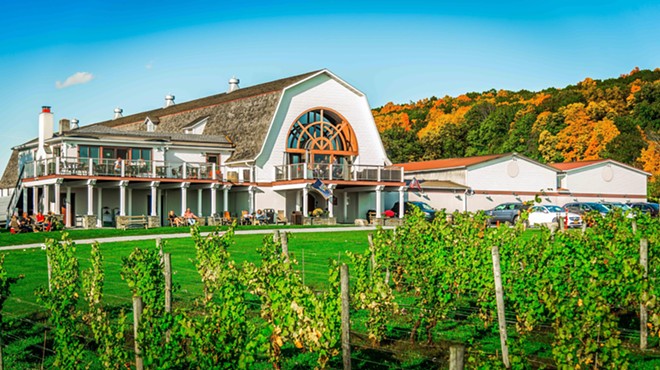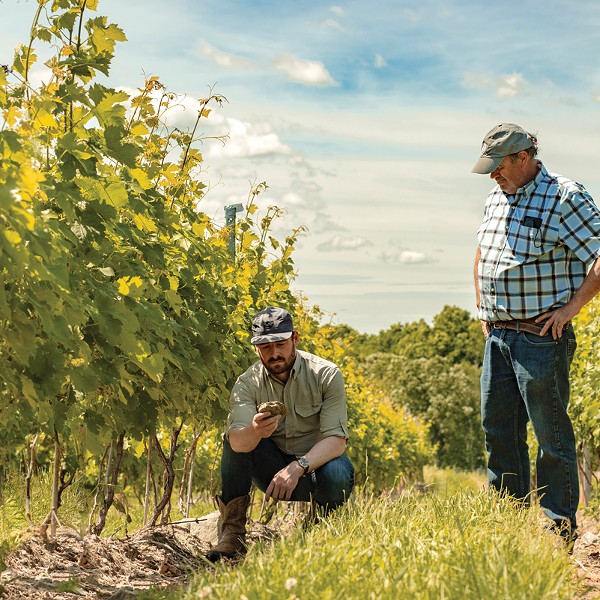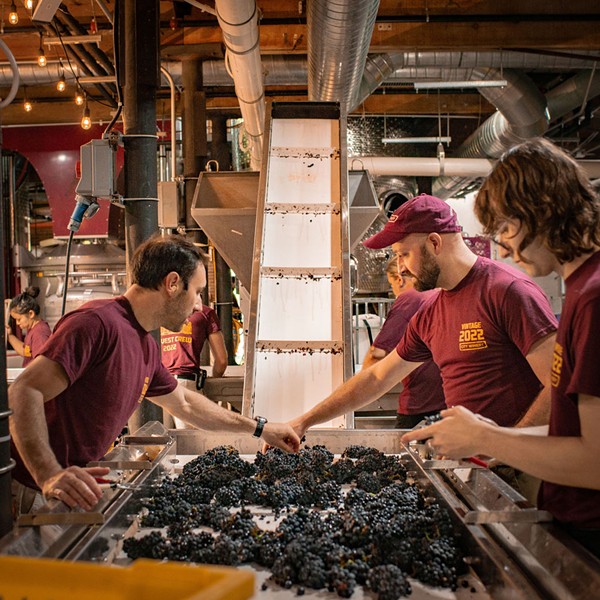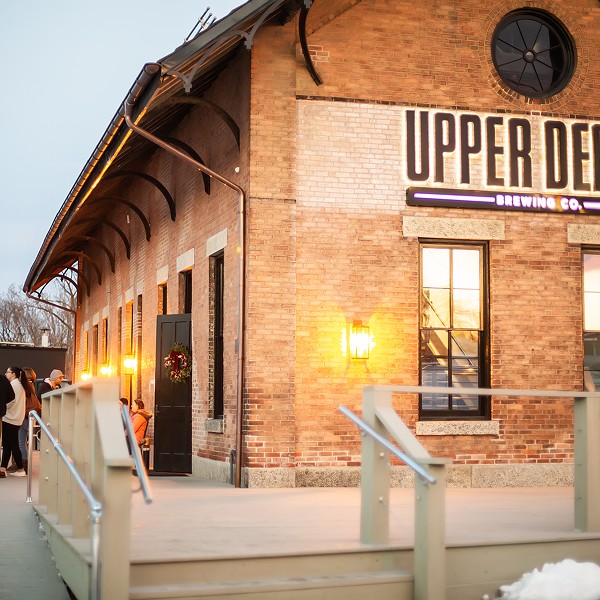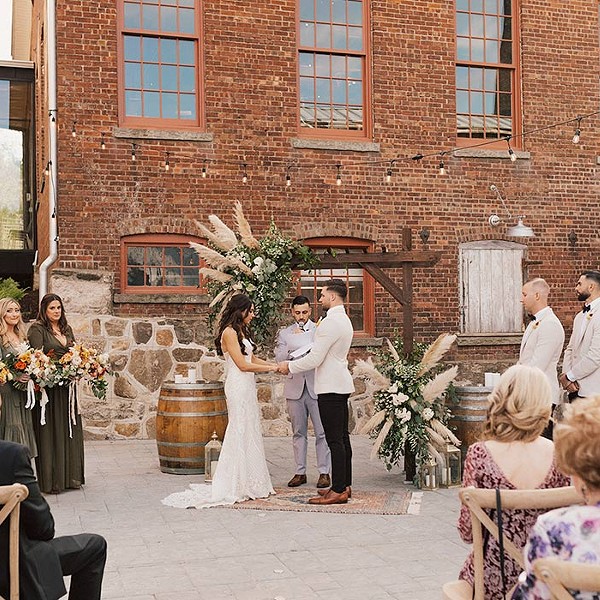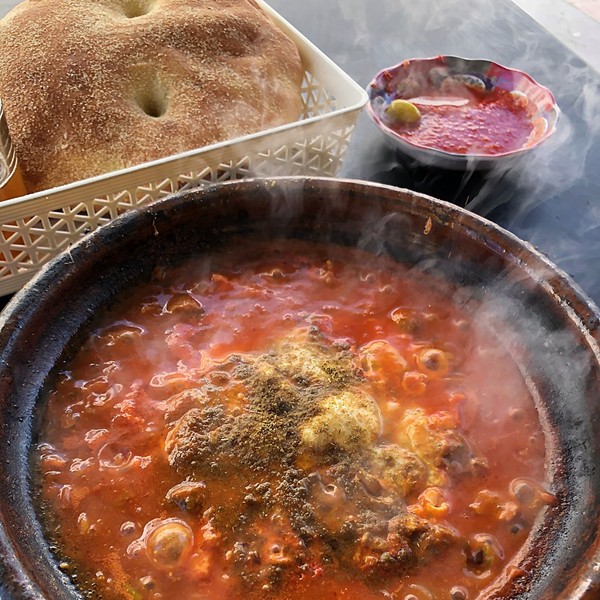Wine fact: The number one restaurant venue for wine sales in the US is the Olive Garden. The restaurant, which offers any of the 38 wines on its chain-wide list free for sampling, gives away 35,000 cases of wine a year—and in turn sells over a million cases. This tidbit, from WineWise: Your Complete Guide to Understanding, Selecting, and Enjoying Wine (Wiley, 2008) by Steven Kolpan, Brian Smith, and Michael Weiss, might seem off-topic in a wine primer. Don’t worry about being misled. The authors, professors of wine studies at the Culinary Institute of America, are not looking down their collective nose at Olive Garden patrons or the restaurant’s wine list. Far from it. In fact, WineWise pulls the curtain back on the wizards of wine punditry who dictate taste through point scores. The book espouses the radical notion that consumers should try every kind of wine, and not be afraid to follow their likes and dislikes. From Chapter One: “Our biggest word of warning is not to take as gospel everything the wine critics (including us) say about a wine…your palate is your own, and you should trust it.”
Welcome to the empowering world of WineWise.
Kolpan, et al. wrote the definitive textbook for food and wine professionals, Exploring Wine: The Culinary Institute of America’s Guide to Wines of the World (Wiley), first published in 1996. The third edition is due out in 2009. In contrast, their approach in WineWise is pragmatic (“screw caps and boxes do not mean low-quality wine”); bargain conscious (an entire chapter to lists hundreds of recommended wines under $30); and structured to tutor the generally uninformed but enthusiastic quaffer about understanding foreign and domestic wine labels, food pairing, and the major wine-producing countries and their varietal grapes.
If Exploring Wine is the nightly news, then WineWise is “The Daily Show.” Not as straitlaced as its know-it-all older brother, WineWise is still informative, definitely irreverent, and thoroughly entertaining.
In early September, I sat in on a class taught by Steven Kolpan at the CIA. Kolpan, who holds the Charmer Endowed Chair in Wines and Spirits, is one of the world’s premier wine educators and has been on the faculty of the CIA since 1986. He and coauthor Michael Weiss were named Wine Educators of the Year by the European Wine Council in 2007. A Sense of Place (Routledge, 1999) traces the history of one of California’s most storied estates, the Niebaum-Coppola Winery (now owned by filmmaker Francis Ford Coppola), and earned Kolpan the Versailles Award for Best American Wine Book. Kolpan is also a contributing writer for Wine & Spirits, and Santé, among other publications, and he’s a columnist for the region’s own Valley Table, where he’s not afraid to write pieces that include populist provocations like “I’m not a wine snob—I believe there is a special place in Hell for those who are.”
The class I attended, “Wines and Spirits,” is a crash course. Its goal: to cram as much of Kolpan’s extensive knowledge—about wine, food pairing, and the service and marketing of wine in a restaurant setting—into the heads of future chefs as possible in a three-credit class. Fifty students listened to Kolpan lecture on the red wines of California in a small, tiered-seat auditorium done up with stained glass, stone walls, and wood beams, suggesting a wine cellar built in a choir loft. Speaking without notes throughout the multi-hour class, Kolpan ranged with ease across a wide spectrum of wine-related topics: the intricacies of the state’s growing regions, the differences between organic and biodynamic farming (short answer: the latter is a self-contained ecosystem), global warming (“Global warming is having a big impact on formerly unassailable tenets of what should be grown where. Grapes are the most sensitive crop there is. They’re the canary in the coal mine.”) As an aside, he related the two biggest cash crops in Mendocino County: wine and marijuana—and not in that order.
The lecture was followed by a tasting of 10 Californian reds. It started with two light, bright, and fruity Pinot Noirs, went on through a selection of Merlot, Zinfandel, and Cabernet Sauvignon, and ended with an intensely dry, inky-red Justin Syrah from Paso Robles. (“Just as there are seasons for food there are seasons for wine,” Kolpan commented on the Syrah, “and this is a winter wine.” He also suggested that Syrah is a perfect accompaniment to cassoulet, as it can stand up to the gamey meats and beans in the traditional French stew.)
The tasting proceeded like this: Kolpan introduced the wine, then the students swirled their glasses and discussed its aromatic qualities—wet soil, leather, the forest after a rain, red fruit or black fruit, et cetera. This was followed by the tasting itself, and then the spit—into a plastic cup provided for this purpose. (This correspondent, who participated in the tasting, believes spitting is rude.) With the taste of the wine still on their tongues, the students offered ideas for food pairings to Kolpan. They suggested fatty fish to accompany the Pinot Noir, Zinfandel for Thanksgiving dinner, varieties of red meat with the Cabernet Sauvignon. Kolpan joked with his students about an idea for a new tattoo to help them remember an enduring pairing: “Merlot with Lamb.”









